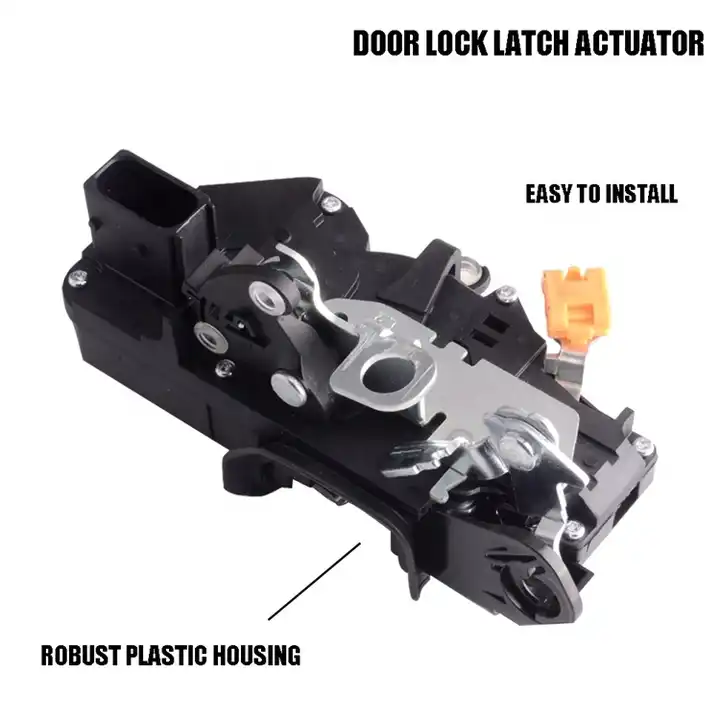Replacing a car door lock actuator is a common repair for many vehicle owners. However, it can be fraught with pitfalls if not done correctly. In this article, we will delve into the top mistakes to avoid when replacing a door lock actuator, ensuring your vehicle remains secure and functional.
One of the most common mistakes is selecting the wrong door lock actuator for your car. Door lock actuators vary significantly across different makes and models. It's crucial to match the actuator to your specific vehicle. Always check the part number and compatibility with your car’s make, model, and year. Using an incorrect actuator can result in improper functioning or damage to your vehicle's locking system.
Before starting any electrical work on your vehicle, it's vital to disconnect the battery. Failing to disconnect the battery can lead to electrical shorts or even more severe damage. This is particularly important when replacing the door lock actuator, as you will be working with the vehicle's electrical system. Always ensure the battery is disconnected to avoid any risk of electric shock or short circuits.

Removing the door panel improperly can lead to broken clips, damaged wiring, and additional repair costs. When replacing the door lock actuator, carefully follow the vehicle’s service manual instructions for removing the door panel. Use the correct tools to avoid damaging the panel or other components. Taking your time during this step can save you from unnecessary headaches later on.
The door lock actuator is part of your vehicle's electrical system. Ensuring all connections are secure and properly insulated is crucial. Loose or poorly connected wires can lead to actuator failure or intermittent operation. When replacing the actuator, double-check all connections, and if necessary, use electrical tape or connectors to secure them properly.
After installing the new door lock actuator, it’s essential to test its functionality before reassembling the door panel. Testing ensures that the actuator is working correctly and that all connections are secure. Operate the door lock multiple times using both the key fob and the interior lock switch. Confirm that the lock and unlock functions are smooth and responsive.
Lubrication is often overlooked during the replacement of a door lock actuator. Proper lubrication of the door latch and other moving parts can extend the life of the actuator and improve its performance. Use a high-quality lubricant designed for automotive use. Apply it sparingly to avoid attracting dust and debris, which can cause wear over time.
Some modern vehicles require calibration of the door lock actuator to function correctly. Skipping this step can lead to issues with the central locking system. Refer to your vehicle’s service manual for any necessary calibration procedures after installing the new actuator. This step ensures that the actuator communicates correctly with the vehicle's central locking system.
Even after replacing the door lock actuator, regular maintenance is crucial. Periodically check the actuator and the door lock mechanism for signs of wear or damage. Regular maintenance can prevent future issues and prolong the lifespan of the actuator. Pay attention to any unusual sounds or difficulty in locking or unlocking the doors, as these could indicate potential problems.
Replacing a door lock actuator might seem straightforward, but avoiding these common mistakes can save you time, money, and frustration. Always choose the correct part, follow the appropriate procedures, and take your time to ensure a proper installation. By doing so, you can ensure your vehicle's locking system remains reliable and secure.
By adhering to these guidelines and being meticulous during the replacement process, you can avoid the common pitfalls associated with replacing a car door lock actuator. This not only enhances the security of your vehicle but also ensures a smooth and hassle-free operation of your door locks for years to come.
Remember, attention to detail is key when dealing with vehicle components like the door lock actuator. Taking the time to do the job right will pay off in the long run, ensuring your car remains in top condition.
GET A QUOTE